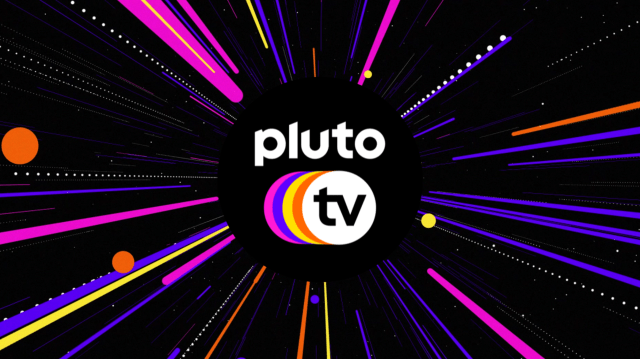Alright, strap in, because we’re about to take a high-octane journey through the murky world of programmatic ad-tech and why it’s about as effective at monetizing premium content as a chocolate fireguard is at stopping a blaze.
Programmatic sells ads well, but it also keeps a lionshare of the revenues
First off, let’s talk about the inefficiencies. Programmatic ad-tech is supposed to be the cutting-edge way to sell ads – all algorithms and automation. But in reality, it’s more like a clapped-out old banger that’s constantly breaking down. The process is riddled with inefficiencies, from the way ads are bought and sold to the way revenue is distributed. It’s a mess.

Now, here’s the kicker: content owners are getting a raw deal. Under the current system, they’re lucky if they see more than a fifth of the gross ad trade earnings. That’s right, less than 20%. The rest is gobbled up by the middlemen – the ad-tech companies and various other intermediaries. It’s like being promised a gourmet meal and then being handed a packet of crisps.
How can this be fixed for Content Studios?
For programmatic ad-tech to work effectively, we need a complete overhaul. Content owners should be receiving more than three-quarters of the gross ad trade earnings. And we need full transparency in the ad sales process. No more smoke and mirrors. Every penny should be accounted for, and content owners should know exactly where their money is coming from.

What happens if people do not embrace change?
Without these changes, FAST Channels and AVOD (Ad-Supported Video on Demand) will continue to be filled with already justified content libraries – the stuff that’s been sitting on the shelf gathering dust. And that’s a big loss for audiences. They want premium content, not reruns and reality TV.
How did Pluto TV do so well. or has it?
Just look at Pluto TV. Despite all the hype, it only captures 0.5% of the US TV audience. Why? Because viewers want quality content, and they’re not getting it from these ad-supported platforms. It’s a clear signal that the current system isn’t working for viewers, content audiences, broadcasters and content studios.
The lesson here is simple: less greed brings higher rewards. If all stakeholders in the streaming TV ecosystem can learn to take a smaller slice of the pie, the whole industry will benefit. Content owners will be more motivated to produce high-quality shows and movies, and viewers will get the premium content they crave.

This is exactly what pulled newspapers down, right!?!
Now, let’s take a detour to the world of newspapers. Many press outlets are trying to monetize their news and stories using programmatic display ads and some video ads. But this is why newspapers are struggling. Readers are bombarded with multiple intrusive adverts per page, and most are resorting to micropayment subscriptions just to avoid the programmatic ad-tech nightmare. Instead of solving the problems of greed in ad-tech and the programmatic ecosystem tax, they’re driving readers away.

The game-changing solution will empower content studios & broadcasters
Kapang, however, has identified that premium content needs premium payouts. They’ve managed to use ad-tech to deliver sustainable results for CTV, AVOD, and Streaming TV channels by policing the greed and paying all parties based on their costs, risk, and value. It’s a model that works, and it’s one that the rest of the industry would do well to follow.
How does Kapang create a great basis for Content Monetization?
Kapang leverages a highly professional agency and DSP structure to connect with premium advertisers. However, they’ve revolutionized the process by integrating the ad exchange, SSP, ad-tech, and content distribution into a single, efficient entity. This streamlined approach results in a unified 20% commission, significantly lower than the previously exorbitant fees that often exceeded 50%.

What is next?
So, there you have it. Programmatic ad-tech, in its current form, is a dead end for premium content monetization. It’s time for a change. And if we can get it right, the rewards will be well worth the effort.

Discover more from Rathergood TV
Subscribe to get the latest posts sent to your email.

